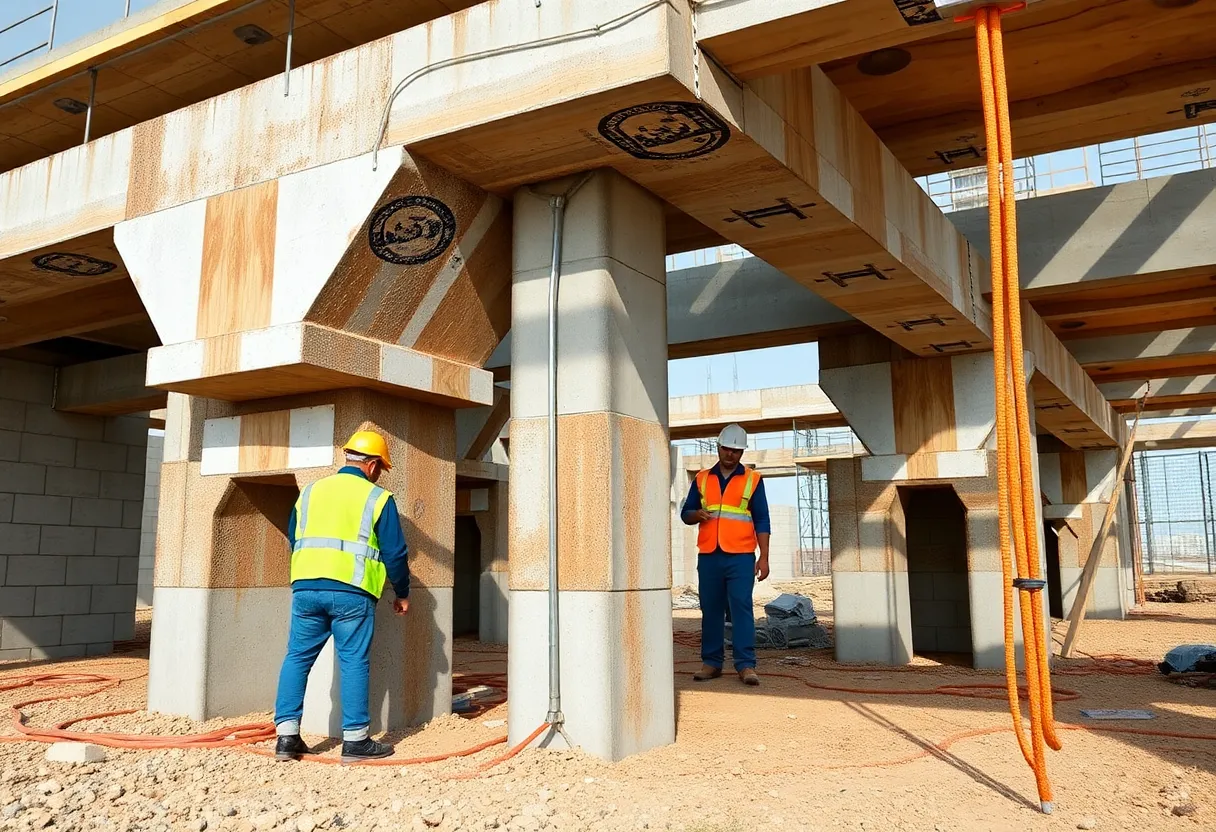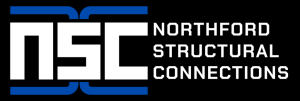

Inspection of double-tee structures to prevent joint leaks.
Article Sponsored by:
Northford Structural Connections (NSC) specializes in innovative engineering solutions for enhancing the safety and durability of precast concrete structures. Their patented products, including the Double-Tee Flexible Connection (DTFC) and Double-Tee Connection Pro (DTC Pro), address critical challenges like fatigue, corrosion, and seismic resilience. With a focus on quality and longevity, NSC provides advanced connection systems trusted by industry professionals for both retrofitting and new construction projects.
Double-tee structures are widely used in the construction industry due to their efficiency and versatility. However, one significant issue that can arise in these structures is joint leaks. This article will provide insights into the prevention of joint leaks in double-tee structures, presenting effective approaches and best practices for engineers and construction professionals.
Joint leaks occur when water infiltrates through the joints between double-tee elements. This phenomenon can lead to structural damage, increased maintenance costs, and reduced lifespan of the building. It is crucial to control these leaks to ensure the integrity of the structure.
Identifying the causes of joint leaks is the first step toward prevention. Common causes include:
Effective design is foundational in preventing joint leaks in double-tee structures. Key design considerations include:
The selection of materials also plays a significant role in preventing joint leaks. Considerations include:
Proper installation is vital for the effectiveness of joint treatments. Follow these best practices:
Even with proper design and installation, regular maintenance is essential for preventing joint leaks:
In an era of innovation, employing technology can further enhance leak prevention efforts:
Preventing joint leaks in double-tee structures is essential for maintaining the integrity and lifespan of the building. Through careful consideration of design, material selection, installation practices, regular maintenance, and the adoption of advanced technologies, professionals can effectively mitigate the risk of leaks. By prioritizing these practices, engineers and construction teams can enhance the durability and reliability of double-tee structures.
By focusing on comprehensive structural solutions, we can continue to develop resilient infrastructures that stand the test of time, safeguarding the investments of owners and delivering quality buildings to communities.

Concrete Strength • Metal Resilience • Connecting Futures
Phone: (203) 777-0751
Email: admin@nscclips.com